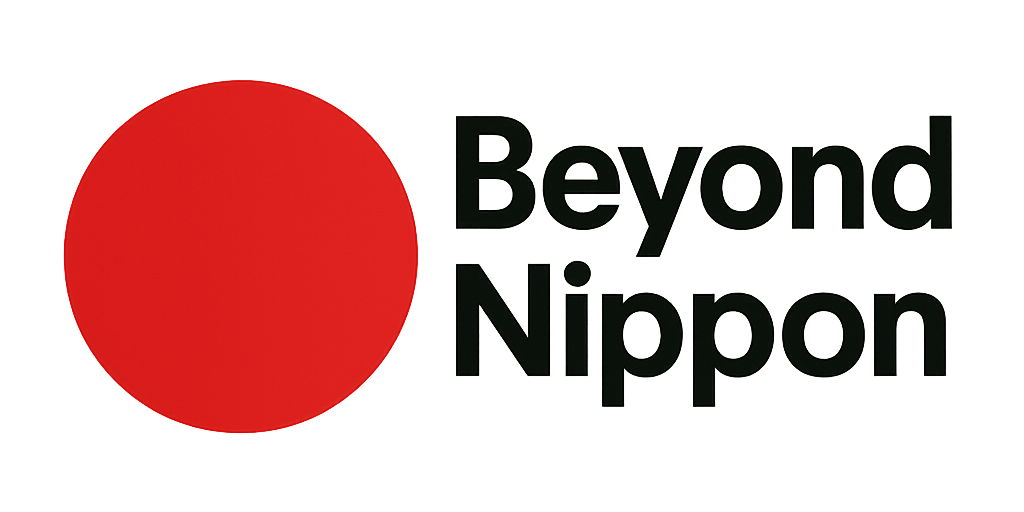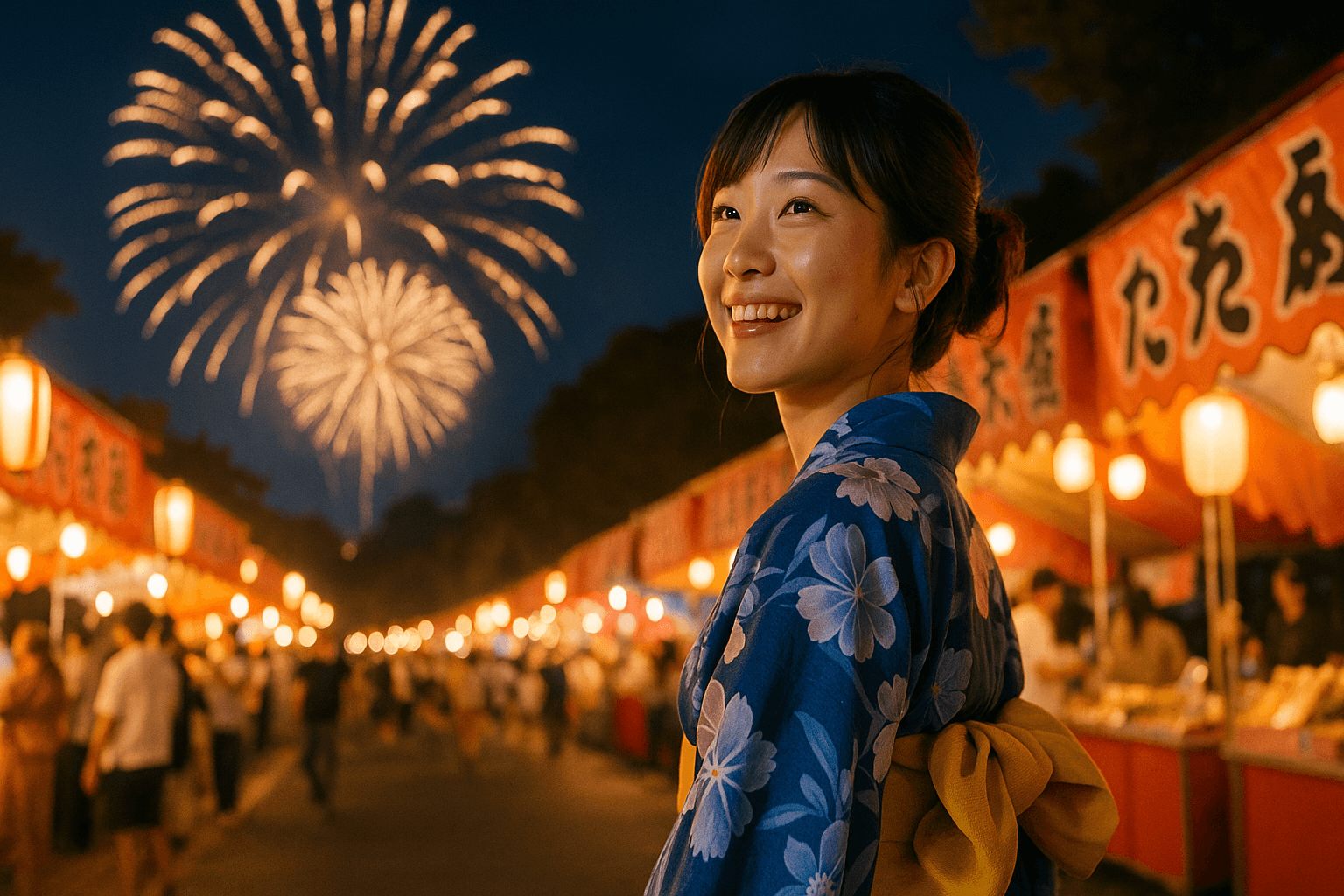Japan in summer is hot, humid, and buzzing with excitement. From the moment July arrives, the country comes alive with matsuri (festivals) that fill the streets with color, music, and energy. Dancers in yukata sway to the rhythm of taiko drums, food stalls serve sizzling street snacks, and fireworks light up the night sky.
For travelers, joining these celebrations is one of the best ways to experience Japanese culture. This summer festivals Japan guide explores the most famous events, what to expect, and how to make the most of your festival adventure.
Matsuri Culture
Festivals in Japan are deeply rooted in Shinto and Buddhist traditions, often tied to seasonal changes, purification rituals, or prayers for good harvests. Over centuries, these religious events evolved into grand community celebrations with parades, performances, and fireworks.
Why summer festivals are special:
- Atmosphere: Streets are filled with lanterns, chants, and music.
- Cultural immersion: Visitors can see ancient traditions side by side with modern entertainment.
- Festive wear: Locals don yukata (light cotton kimono) and geta sandals.
- Food and fun: Stalls sell takoyaki, yakisoba, kakigori, and goldfish scooping games.
Whether you’re in a small rural town or a big city like Tokyo or Kyoto, you’ll likely find a matsuri nearby.
Famous Summer Festivals in Japan
Gion Matsuri (Kyoto)
- When: July (main parade on July 17, with events throughout the month)
- Overview: One of Japan’s most famous and oldest festivals, dating back over 1,000 years. Originally held to appease gods during an epidemic, it has become a massive citywide event.
- Highlights:
- Yamaboko Junko Parade: Gigantic, elaborately decorated floats pulled through central Kyoto.
- Yoiyama Evenings: Streets closed to traffic, lined with lanterns, food stalls, and locals in yukata.
- Float viewing: Many floats open to visitors to view intricate tapestries and craftsmanship.
- Atmosphere: Historical, grand, and deeply tied to Kyoto’s heritage.
Nebuta Matsuri (Aomori)
- When: Early August (August 2–7)
- Overview: A northern festival famous for enormous illuminated floats depicting warriors, gods, and mythical creatures.
- Highlights:
- Floats (Nebuta): Towering up to 9 meters wide, glowing brilliantly at night.
- Haneto Dancers: Thousands of participants in colorful costumes jumping and chanting “Rassera, Rassera!”
- Fireworks finale: A spectacular closing show over Aomori Bay.
- Atmosphere: Energetic, dynamic, and visually stunning.
Awa Odori (Tokushima)
- When: Mid-August (August 12–15)
- Overview: Japan’s largest dance festival, held during the Bon holiday to welcome ancestral spirits.
- Highlights:
- Dance troupes (Ren): Groups of dancers in yukata and straw hats performing choreographed routines.
- Music: Fue (flute), shamisen, and taiko drums accompany the chants of “Odoru aho, miru aho, onaji aho nara odoranya son son!” (“Fools who dance, fools who watch—if both are fools, you might as well dance!”).
- Audience participation: Spectators are encouraged to join in.
- Atmosphere: Joyful, playful, and contagious—you can’t help but smile.
Sumida River Fireworks Festival (Tokyo)
- When: Late July
- Overview: One of Tokyo’s largest fireworks displays, with origins dating back to the Edo period.
- Highlights:
- Fireworks (Hanabi): Over 20,000 fireworks launched over the Sumida River.
- Viewing spots: Crowds gather on riverbanks, bridges, and even boats.
- Food stalls: Yakitori, kakigori, and festival snacks line the streets nearby.
- Atmosphere: Romantic and awe-inspiring, with Tokyo Skytree often glowing in the background.
Other noteworthy summer festivals in Japan include:
- Tenjin Matsuri (Osaka): Boat processions and fireworks along the river.
- Sendai Tanabata (Miyagi): Enormous colorful streamers decorate the city.
- Nagaoka Fireworks (Niigata): One of Japan’s most powerful and emotional fireworks shows.
What to Expect at Summer Festivals
Attending a summer festival is an all-senses experience—here’s what you’ll encounter.
Yukata and Traditional Attire
Many locals wear yukata, a lightweight cotton kimono. Paired with obi belts, geta sandals, and sometimes folding fans, yukata add elegance and tradition to the festive mood. Some festivals even have yukata rental shops so visitors can dress the part.
Food Stalls (Yatai)
Street food is a cornerstone of summer festivals. Popular options include:
- Takoyaki: Octopus-filled batter balls topped with sauce and bonito flakes.
- Okonomiyaki: Savory pancakes with cabbage, pork, and toppings.
- Yakitori: Grilled chicken skewers.
- Kakigori: Shaved ice topped with colorful syrups.
- Taiyaki: Fish-shaped cakes filled with sweet red bean paste.
Music and Dancing
- Taiko drums set the rhythm.
- Bon Odori dances take place around a central stage or tower, where participants dance in circles to welcome ancestral spirits.
- Chants and cheers energize parades and performances.
Fireworks and Lanterns
Almost every major summer festival features fireworks (hanabi taikai). Lanterns and illuminated floats add to the evening glow, creating magical photo opportunities.
Games and Entertainment
Festival stalls often include traditional games like:
- Kingyo-sukui: Goldfish scooping with delicate paper nets.
- Ring toss and shooting games for children.
- Masks shaped like popular anime characters.
Tips for Attending Festivals
To make the most of summer festivals in Japan, keep these tips in mind:
1. Arrive Early
Popular festivals attract massive crowds. Arrive early to secure a good viewing spot for parades or fireworks.
2. Wear Comfortable Clothing
If you rent or buy a yukata, wear it with pride! But remember, summers are hot and humid—carry a fan or towel.
3. Bring Cash
Food stalls and games usually accept only cash. Small coins and bills are especially useful.
4. Stay Hydrated
Japanese summers can be sweltering. Drink plenty of water or try mugicha (barley tea), a refreshing summer staple.
5. Respect Local Etiquette
- Follow instructions from staff or volunteers.
- Clean up after eating—many festivals provide designated trash areas.
- Be mindful of others when taking photos.
6. Use Public Transport
Driving to festivals can be difficult due to traffic and limited parking. Trains and buses are the most reliable options.
7. Enjoy Like a Local
Don’t be shy—join in the dances, try new foods, and soak up the festive spirit. Matsuri are about community, and visitors are warmly welcomed.
Conclusion
Summer in Japan is hot in every sense—weather, energy, and excitement. From the grandeur of Kyoto’s Gion Matsuri to the illuminated floats of Aomori’s Nebuta, the joyful dances of Tokushima’s Awa Odori, and the spectacular Sumida River fireworks in Tokyo, each festival offers its own unique charm.
This summer festivals Japan guide shows how matsuri embody the heart of Japanese culture—blending history, spirituality, food, and fun. Whether you’re dressed in a yukata, savoring takoyaki under the fireworks, or joining a circle dance at Bon Odori, you’ll experience a sense of joy and community that’s timeless.
So plan your trip around a festival or two, bring your appetite and your curiosity, and let Japan’s summer celebrations sweep you into their rhythm.

